Op-Ed: Veterans and America have a Rocky Relationship
Image via Selena Morar
Veteran’s Day is weird. Strangers say “thank you for your service” (we always reply “thank you for paying taxes”), we get a free appetizer and maybe, just maybe get a day off work. Cool. But what does it mean?
Dig back through history, the relationship between the United States and veterans has been love and hate since the beginning. So let’s look at red flags, then some reasons to stay in this toxic relationship, and finally step back with some historical perspective.
The first relationship skirmish was Shay’s Rebellion when Continental Army vets who lost farms or personal property while off fighting the war for little or no pay took up arms against debt collectors. Massachusetts replied by raising a militia and crushing the movement. The relationship conflicts worsened as minority service member’s believed military service, especially in dangerous campaigns, earned them civil rights. In 1921, 75 African American WWI Vets marched from Greenwood to the Tulsa Oklahoma jail to prevent a lynching. The Tulsa Race Massacre ensued, one of many such instance since 1917 when minority vets standing up for their rights became the target for racial violence.

National Guard during the 1919 Chicago Race Riots. Photograph by Jun Fujita, courtesy of Chicago History Museum, ICHi-65477. (Image via Jun Fujita)
The issue of economic access again caused discord. At the height of the Great Depression, 43,000 WWI Vets and their families marched from Portland Oregon to Washington D.C. They were demanding bonuses promised back in 1924. Army Chief of Staff General MacArthur greeted them with tear gas, flamethrowers, and tanks. Re-integration continued to plague service members as the 1966 GI Bill failed to cover rising tuition rates, was not administered equitably, and an unpopular war made veteran status a liability as vets became a symbol of defeat. Political and military leadership squandered the trust and respect that generations of warriors had earned. Many of today’s politicians, some who voted down the PACT ACT for political gains, skipped out on service all together. Systemic issues are the hardest to process. The Veteran’s Administration (VA) received a D grade in 2014 for falsifying wait time data which was linked to 40 veteran deaths in Arizona. The VA is in ongoing litigation concerning refusing and delaying FOIA requests. Money problems and being treated with respect in a relationship is hard to deal with, but the worst aspect of a toxic relationship is how it impacts your mental health. Since 2001, the US has lost more military members and veterans to suicide than died in combat operations in all of WWI. A contributing factor was lack of access to and quality of mental health care.
Toxic partners act hurtfully, then do something to make up for it. The US has followed that pattern. The PACT ACT did eventually pass (if you ever deployed, get on the Burn Pit Registry). The service members relief act helps veterans avoid predatory lending and the Bonus army did get paid in 1936. MacArthur was removed from command after pushing to use nukes on Korea, in 1973 the draft ended, in 1980 the VA acknowledged post-traumatic-stress disorder (PTSD) is a thing, and as of writing, none of us are being called back up to fight WW3. The Mission Act passed in 2014 allowed veterans to access healthcare services outside of the VA. The Forever GI Bill extends the amount of time to use education benefits. The Veteran Administration, for all its ups and downs, is trying to provide veterans with reliably timely healthcare – including mental health and in 2011 stopped disqualifying veterans from VA care for marijuana use. Psychiatrist Waldinger of the Harvard Adult Development study has found that: “good relationships keep us happier and healthier, period,” and military life does create life long connections.
Veteran’s Day is the Valentine’s Day of the US’s relationship with vets. Yeah, sometimes things are rough but sometimes they’re good. Sometimes. The WWI vets transitioned out of a major conflict right into the 1919 Spanish Flu pandemic. A few years later, the Bonus Act of 1924 promised some economic relief. However, 8 years later, some of those vets faced tanks on Pennsylvania avenue. GWOT family, right now we’re important, policies seem to be favoring us, the country still has fresh images of Iraq, Afghanistan, and Syria – but that will change. So, hey, let’s enjoy the free appetizers while we can. ‘Till the next war when another generation of vets will rediscover this love/hate relationship.



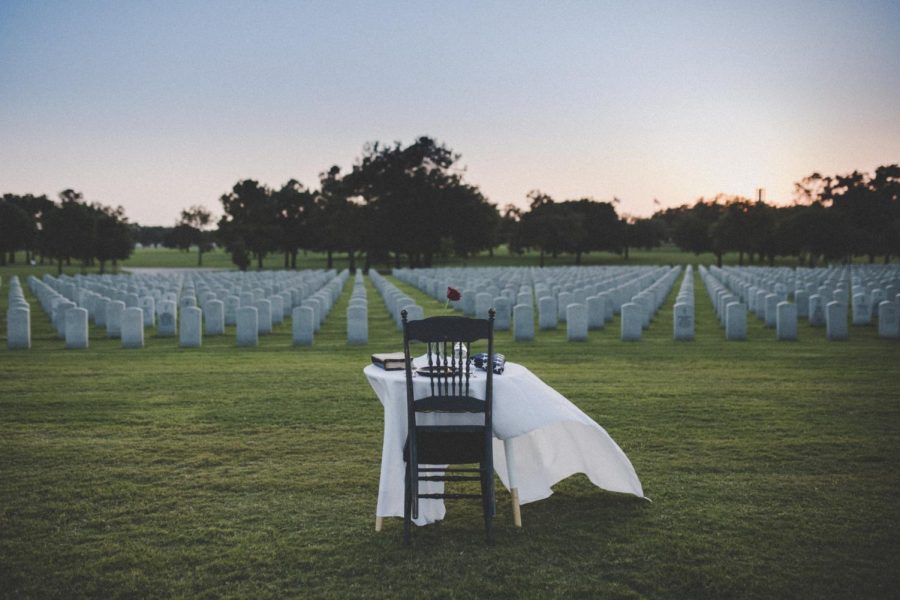

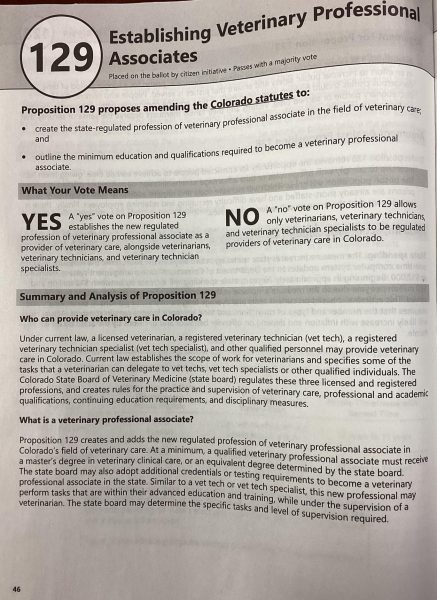


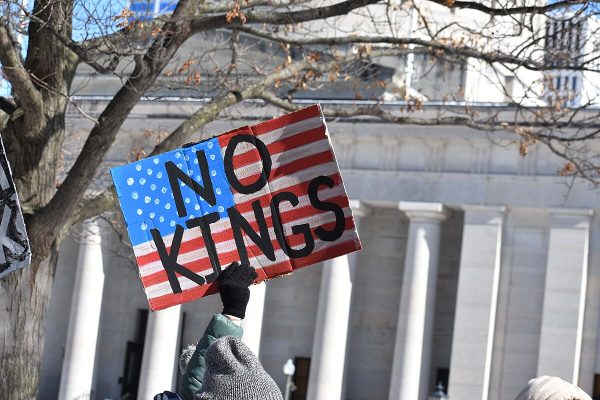
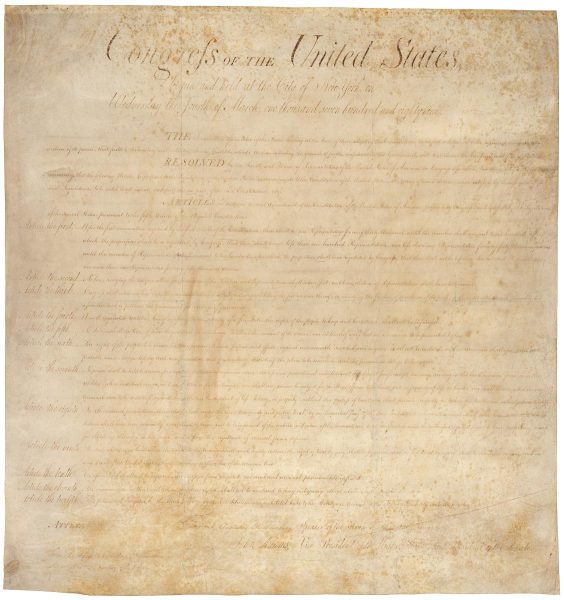

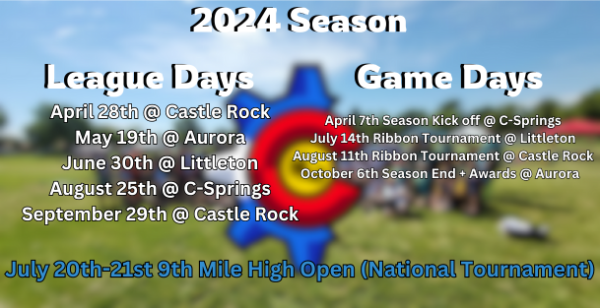
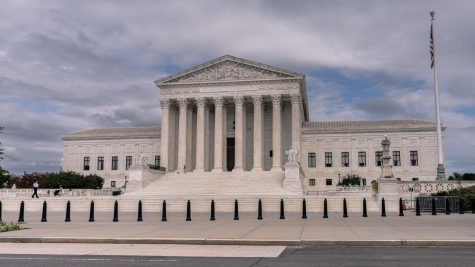
Katelynn Wright • Jan 8, 2023 at 6:06 pm
Well written. I appreciate this honest perspective and the personal connection you’ve made. Your voice is powerful, you are valued and heard.